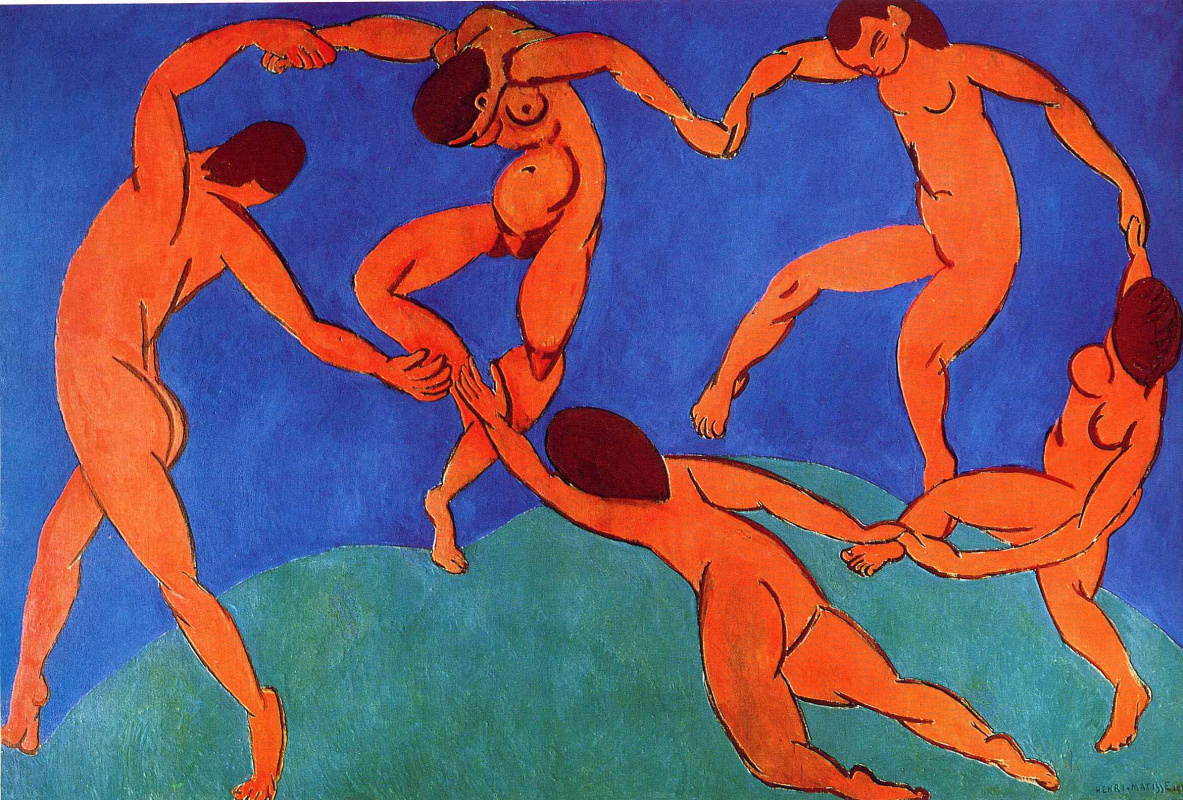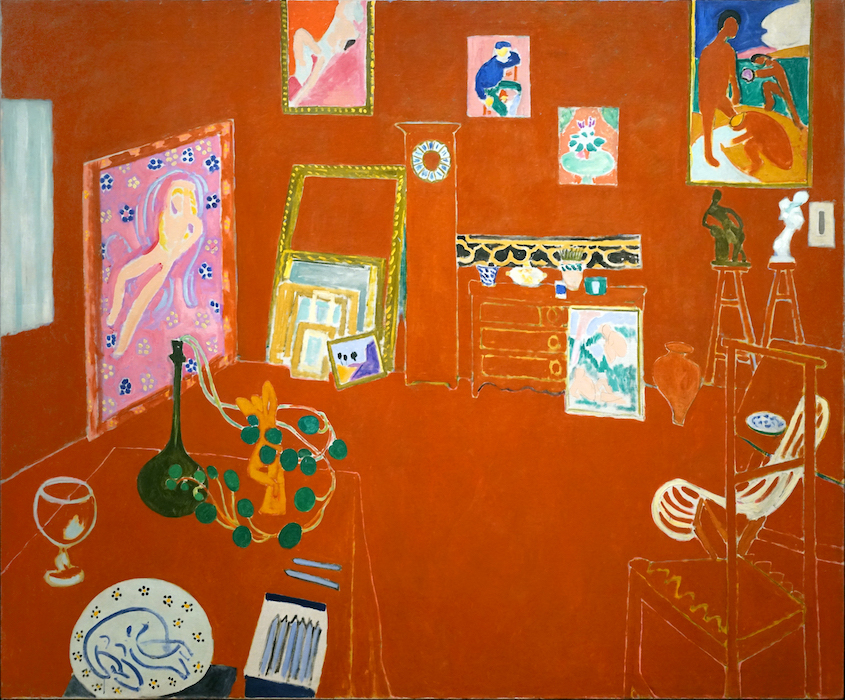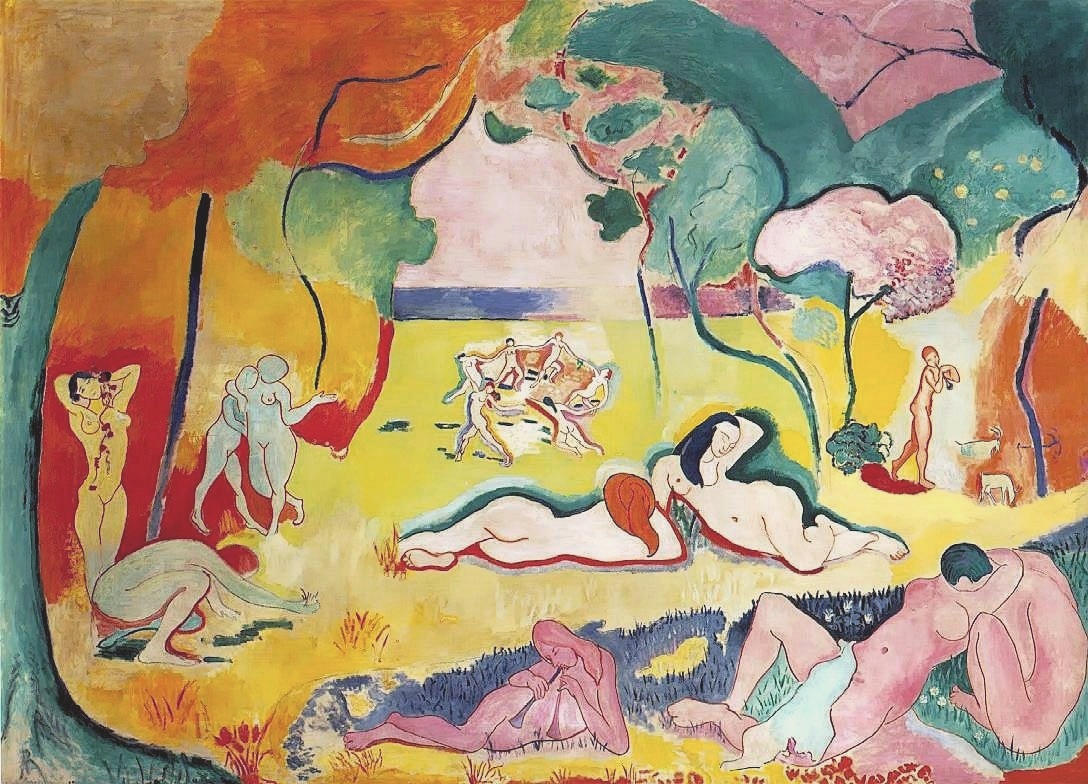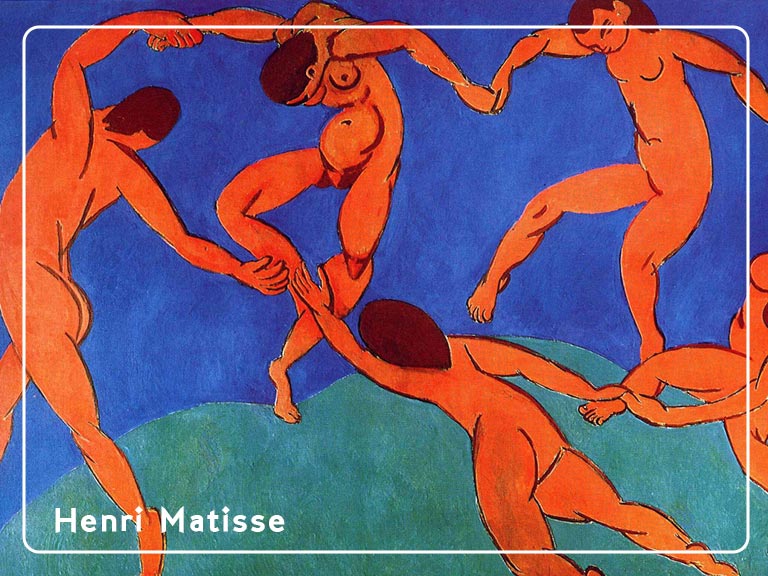Henri Matisse was one of the most influential artists of the 20th century. He is best known for his use of color, which he used to create expressive, decorative, and large-scale paintings. Matisse was also a skilled draughtsman, printmaker, and sculptor.
Matisse was born in Le Cateau-Cambrésis, France, in 1869. He studied law in Paris, but eventually abandoned his studies to pursue a career in art. In 1890, he enrolled at the École des Beaux-Arts, where he studied under Gustave Moreau.
Matisse’s early paintings were influenced by Impressionism and Post-Impressionism. However, in 1905, he and a group of other artists, including André Derain and Maurice de Vlaminck, were labeled the “Fauves” (French for “wild beasts”) for their use of bold, unnatural colours.
Matisse’s Fauvist paintings were highly controversial at the time, but they eventually came to be seen as a major breakthrough in modern art. In the years that followed, Matisse continued to experiment with colour and form, and his work evolved into a more personal and expressive style.

- “The Dance” (1909-1910):
One of Matisse’s iconic works, “The Dance,” captures the essence of joy and movement. This masterpiece is characterised by its vibrant colours and simplified forms. Matisse’s inspiration for this painting stemmed from his fascination with the expressive power of dance and its ability to convey a sense of liberation and harmony. The painting depicts five nude figures in a circle, rhythmically intertwined in a joyous dance.
To create “The Dance,” Matisse used oil paints on a large canvas. He employed a technique known as “cut and paste” to explore different compositions before settling on the final arrangement. Matisse’s bold use of colour, with intense blues and vibrant oranges, brings energy and vitality to the scene.

- “The Red Studio” (1911):
“The Red Studio” exemplifies Matisse’s exploration of colour and spatial relationships. This painting is a vivid representation of Matisse’s studio, where he meticulously arranged his artworks, furniture, and various objects. The dominant use of red hues creates a dynamic and immersive environment.
Matisse employed oil on canvas to create “The Red Studio.” He skillfully played with the interplay between warm and cool tones to establish depth and perspective within the composition. By placing objects in unusual positions and distorting their proportions, Matisse challenged traditional notions of representation. This captivating piece is housed at the Museum of Modern Art (MoMA) in New York City.

- “The Joy of Life” (1905-1906):
“The Joy of Life” is a significant work that marked a turning point in Matisse’s career. This painting, depicting a group of nude figures in a dreamlike landscape, celebrates the beauty of nature and the human form. The composition radiates a sense of serenity, with the figures harmoniously intertwined amidst lush foliage.
Matisse used oil paints and a large canvas to create “The Joy of Life.” He incorporated bright, vibrant colours and loose brushstrokes to evoke a sense of vitality and spontaneity. Inspired by earlier masters such as Paul Cézanne and Paul Gauguin, Matisse explored the expressive potential of colour and simplified forms. “The Joy of Life” is housed in the Barnes Foundation in Philadelphia, Pennsylvania.
Henri Matisse’s innovative approach to art continues to inspire and captivate artists and art enthusiasts around the world. Through his masterpieces like “The Dance,” “The Red Studio,” and “The Joy of Life,” Matisse showcased his unique vision, pushing the boundaries of traditional art forms. His bold use of color, expressive brushwork, and experimental techniques transformed the art world and laid the foundation for modern art movements.
Matisse’s work continues to be admired by art lovers around the world. His paintings are full of life, colour, and movement, and they offer a unique and personal vision of the world.
If you would like to receive a roundup of all of our blog posts once a week to keep you inspired in your inbox, why not sign up to our newsletter. You can access our sign up at the top of our page. If you are a London Art College student and you would like your artwork featured here, drop us a line at any time.

